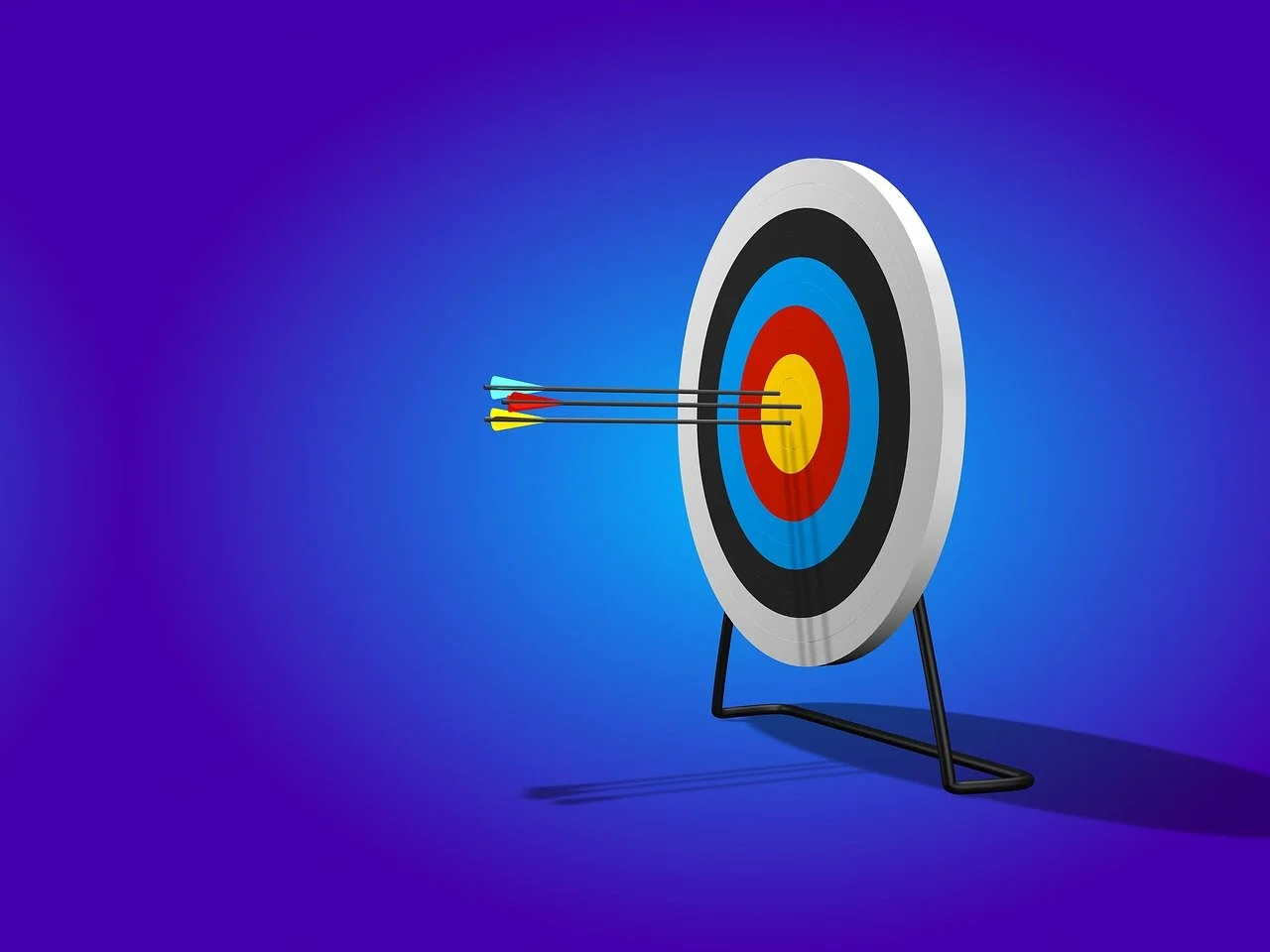Are you struggling to find the right influencer for your brand? Well, you’re not alone! With so many influencers out there, it can be overwhelming to know where to start. But don’t worry–we’ve got your back! In this blog post, we’re going to guide you through the process of finding the perfect influencer for your brand. We’ll cover everything from setting your goals and identifying your target audience to analyzing influencer metrics and negotiating with influencers. Our tips and advice are actionable and will help you make the best choice for your brand. Keep reading to learn how to find the right influencer for your brand and take your marketing to the next level.
This post contains affiliate links. Please read our disclosure.

1.
Set Influencer Marketing Goals

Your ultimate goal is to generate leads and conversions. Before scaling your outreach, make sure you’re using the right tools to manage your business effectively. Want more followers on X, more website visitors, or new business partnerships? It’s not enough to create content and hope for the best. Whatever your objectives may be, make sure they are measurable and realistic but still ambitious. Next, consider your target audience, and align your goals with their interests and needs. For example, if your target audience is Gen Z, you may want to focus on social media platforms like TikTok and Snapchat. Then track and analyze your results. Once your campaign is launched, monitoring your progress will help you identify what’s working and what’s not. You can use analytics tools like Google Analytics and social media platforms to monitor your performance and make data-driven decisions. Another way to develop effective influencer marketing goals is to collaborate with your influencer and to establish a timeline for your goals. Setting a timeline for your goals means you can keep your team accountable and ensure that your campaigns stay on track.
2.
Identify Your Target Audience

Before you begin your influencer marketing campaign, be sure to identify your target audience. Whom are you trying to reach? What are their interests and pain points? Understanding your target audience will help you tailor your messaging and choose the right influencers to partner with. Once you’ve established your goals, be sure to track your progress and evaluate the effectiveness of your campaign. If you’re not seeing the results you hoped for, don’t be afraid to make adjustments to your strategy. This could mean tweaking your messaging, adjusting your target audience, or even partnering with a different influencer. Influencer marketing is all about experimentation and finding what works best for your brand.
3.
Identify Influencers

The first step in finding the right influencer for your brand is to assess who is already speaking to and influencing your audience. This could be anyone from bloggers to social media personalities, to industry experts or even micro-influencers. Intellifluence is a fantastic platform that can help you discover and connect with influencers for your blog or brand. You can also use these LinkedIn tips to connect with potential influencers and collaborators. Think of influencers as people who have a lot of followers and can share your message with their audience. Intellifluence offers access to a network of amazing influencers from various niches. As a member of Intellifluence myself, I can vouch for its effectiveness. The platform allows you to search for influencers based on specific criteria such as their interests or the size of their audience. Once you find influencers who align with your brand, you can reach out to them and propose collaborations. They can promote your blog or brand through their social media channels or even write reviews about your products. It’s a great way to increase your visibility and attract more readers or customers. I’m attaching a photo of my profile on Intellifluence, so you can see how it looks and get inspired to create your own!
When evaluating potential influencers, consider factors such as their content quality, engagement levels, and their alignment with your brand values and messaging. It’s also important to ensure that they have a genuine following and that their audience demographics align with your target audience.
4.
Analyze Influencer Metrics

Influencer metrics can tell you a lot about an individual or group’s influence. These metrics range from the commonly used “followers” count to other measures such as “likes,” “commented products,” and unique views. Understanding these different metrics can help you gauge an influencer’s level of influence. For instance, the number of followers an individual has is a popular measure of influence. According to one study, if a brand has 2% of its followers come from influencers, it’s five times more likely to succeed than if they only have 1%. Another measure of an influencer’s effectiveness is the frequency and content of their posts. For most bloggers, posting more than once a week is optimal, as it keeps their audience engaged without overwhelming them. For celebrities or experts with large followings, the frequency of their posts may differ. Not all influencers are created equal, and tracking and measuring their impact can be an important part of any marketing strategy.
5.
Assess Influencer Authenticity

How can you tell whether an influencer is authentic? One key sign is whether the influencer consistently posts about the same topics or brands, indicating a genuine passion and interest in the subject matter. Do they have a sizable following and have their engagement rates increased over time? In other words, does their content resonate with their audience? Consider also how responsive the influencer is to questions or comments. A lack of engagement with their followers could suggest a lack of interest or authenticity. If an influencer falls short in any of these areas, it’s worth investigating further before aligning your brand with them to ensure they align with your values and goals.
6.
Negotiate With Influencers

Negotiating with influencers requires the right approach to make it a win-win situation for both parties. To start, ensure that you’re upfront and clear about your budget and compensation expectations to save time and effort in the long run. Also, discuss content creation in detail and set clear expectations on the type of content, number of posts, and timeline for delivery. Additionally, it’s important to set expectations on the use of hashtags and brand mentions. Regarding contract terms, discuss and agree to the exclusivity of the partnership and length of the contract. You should also discuss the use of the content after the partnership ends, including your rights to repurpose the content for your brand’s use. Always prioritize clear communication and transparency about your expectations to establish a successful partnership with influencers who can grow your brand’s reach and engagement.
7.
Measure Success

Tracking engagement and follower growth is important for measuring the effectiveness of marketing campaigns, especially in influencer marketing. Engagement metrics like likes, comments, shares, and direct messages can show how interactive your audience is with your influencer’s content. The more engaged the audience is, the more likely they are to convert into customers. Follower growth can also help expand your brand’s reach, but not all followers are equal. It’s important to ensure that your influencer is attracting the right type of followers for your brand.
Conclusion
In summary, finding the perfect influencer for your brand involves a strategic approach that encompasses setting clear marketing goals, understanding your target audience, identifying authentic influencers, analyzing key metrics, and negotiating effectively. Moreover, measuring the success of your influencer marketing campaigns through engagement and follower growth is essential for driving your brand’s reach and engagement. These steps will help ensure that your influencer partnerships align with your brand’s values and goals, ultimately propelling your marketing efforts to the next level and boosting your brand’s visibility and success in the competitive influencer marketing landscape.
Looking to improve your business efficiency? Check out these best psa tools for business that can help streamline your workflow and boost productivity.
Daniel Zohar is a passionate entrepreneur and digital marketing expert with a strong focus on business and affiliate marketing. With over 10 years of experience in the industry, he has gained valuable insights and strategies that he is eager to share with others. Through his writing and speaking, Daniel aims to help others achieve success in business and affiliate marketing, using his own experiences as a guide. In addition to his work as a writer and speaker, he is a successful business owner and consultant, helping companies and individuals reach their goals in the digital world.
You Might Also Like:
- How to Find the Right Influencer for Your Brand
June 23, 2024 - 9 Best Niches for Affiliate Marketing in 2025
January 7, 2025 - 16 Affordable Hosting Options for Your Blog in 2025
February 21, 2025 - Comedy Sells: How to Make Your Business Memorable with Humor
January 6, 2023 - 100 of the Most Beautiful Words in the English Language
April 8, 2024
